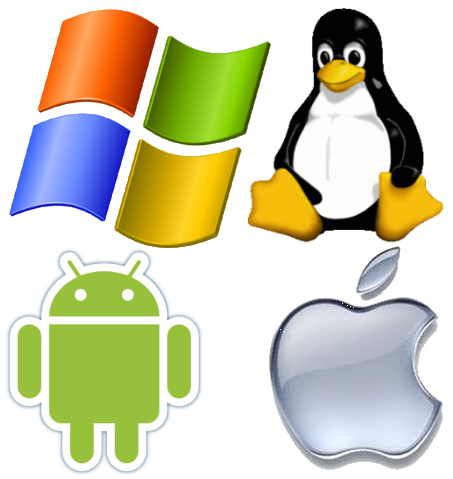Visit Microsoft.com to download the Windows 7 USB/DVD Download Tool (see Resources). Double-click the executable file to launch the Download Tool installer and follow the on-screen instructions to perform the installation.
How do I download and install Windows 7 for free?
You can download your Windows 7 ISO image from the Microsoft Software Recovery site by providing your valid product key. Just visit the Microsoft Software Recovery website and follow three simple instructions to download the Windows 7 ISO image.
How do I install Windows 7 without a product key?
Simply open System Properties using Windows + Pause/Break key or right-clicking on Computer icon and then clicking Properties, scroll down, click Activate Windows to activate your Windows 7. In other words, you don’t need to enter the product key. Yes, you don’t need to type the product key!
What are the steps to install Windows 7?
Step 1. Turn on your computer, insert the Windows 7 installation DVD in your computer’s optical drive or USB flash drive, and then shutdown your computer. Step 2. Restart your computer, after the BIOS screen flashes by, press any key when prompted “Press any key to boot from CD or DVD…”, as shown in below screenshot.
How much does it cost to get Windows 7?
In the U.S., Microsoft has set the suggested list price for Windows 7 at between $119.99 for an upgrade (Home Premium) and $319.99 for a FPP (Ultimate).
How can I install Windows 7 on my laptop without CD drive?
Insert the USB thumb drive into a USB port on the computer that does not have a CD/DVD drive. If an AutoPlay window appears, click Open folder to view files. If an AutoPlay window does not appear, click Start , click Computer, and then double-click the USB thumb drive.
How do I make a Windows 7 install USB?
Setup Windows 7 from USB drive
- Start AnyBurn (v3. …
- Insert the USB drive you intend to boot from.
- Click the button, “Create bootable USB drive”. …
- If you have a Windows 7 installation ISO file, you can choose “Image file” for the source, and select the ISO file. …
- Click “Next” button to start creating windows 7 bootable USB drive.
How can I install Windows 7 on my laptop for free?
# Under Purchase History, find the product that you purchased, and click Download. select Windows 7 64 bit and proceed to download. select Windows 7 64-bit or 32-Bit version and proceed to download. # To begin your download using Download Manager, click Download.
Can you still use Windows 7 after 2020?
When Windows 7 reaches its End of Life on January 14 2020, Microsoft will no longer support the aging operating system, which means anyone using Windows 7 could be at risk as there will be no more free security patches.
Is Windows 7 free now?
It’s free, supports the latest web browsers like Google Chrome and Firefox, and will continue getting security updates for a long time to come. Sure, it sounds drastic—but you have an option if you want to use a supported OS on your PC without upgrading to Windows 10.
How do I permanently fix Windows 7 is not genuine?
Fix 2. Reset the Licensing Status of Your Computer with SLMGR -REARM Command
- Click on the start menu and type cmd in the search field.
- Type SLMGR -REARM and press Enter.
- Restart your PC, and you will find that the “This copy of Windows is not genuine” message no longer occurs.
5 мар. 2021 г.
How long can you run Windows 7 without activating it?
Microsoft allows users to install and run any version of Windows 7 for up to 30 days without requiring a product activation key, a 25-character alphanumeric string that proves the copy is legitimate. During the 30-day grace period, Windows 7 operates as if it has been activated.
Where is the product key for Windows 7?
Locate your product key for Windows 7 or Windows 8.1
Generally, if you bought a physical copy of Windows, the product key should be on a label or card inside the box that Windows came in. If Windows came preinstalled on your PC, the product key should appear on a sticker on your device.
